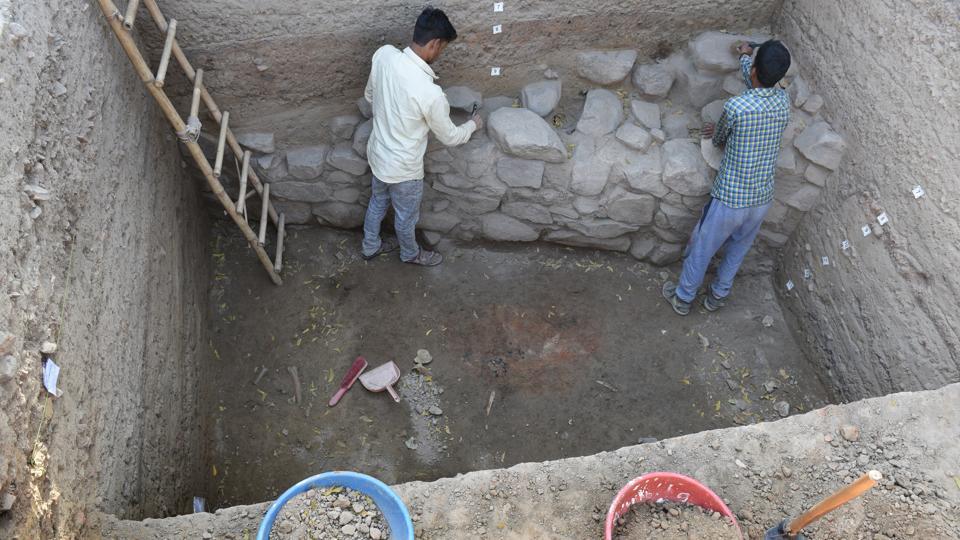Hindustani78
BANNED

- Joined
- Apr 8, 2014
- Messages
- 40,471
- Reaction score
- -47
- Country
- Location
InternetDesk123! | Photo Credit: Ch.Vijaya Bhaskar
http://www.thehindu.com/news/nation...d-treasures-in-ap-village/article22916450.ece
Megalithic site in West Godavari will be flooded by Polavaram
A small village in West Godavari district of Andhra Pradesh is yielding clues to life in the region some 3,000 years ago. The State Archaeology department has dug up artefacts from burial sites here dating back to 1000 B.C. and the megalithic era. However, it faces a challenge: to complete the excavations early because the area will be flooded by the Polavaram project.
Rudramkota in Velperupeta mandal of West Godavari district has so far yielded human figures, terracotta figurines, and red and black pottery, from a dolmen burial.
There are over 150 graves here, and the area first came to prominence in 1992. The excavations gathered pace last year when the A.P. government said it wanted to complete the Polavaram project in 2019. Rudramkota is scheduled to go underwater.
The Commissioner, Department of Archaeology and Museums, G. Vani Mohan, said the objects would be sent to the Centre for Cellular and Molecular Biology to determine their antiquity through carbon dating. Closer study would yield insights into the lifestyle of the megalithic period, she said.
The artefacts found include charred bones, seeds, beads of crystal and stones like chalcedony, carnelian and steatite. There are pointers to social life, such as a dagger, broken parts of a javelin, two ploughs, legged pottery and urns, besides red and black pottery.
More in store
The quest for antiquities covers many villages, promising a bigger trove. Besides Rudramkota, there are Rayanapeta, Chinamettapalli and Jinnelagudem (all in East Godavari).
Partnering the department is Deccan College, Pune. The current excavations launched in November will go on till April 2018, the Commissioner said.
Rudramkota is one of the biggest megalithic excavations, said Deputy Director (Technical) at the Archaeology department N. Mallikarjuna Rao.
The government gave ₹50 lakh for excavation, ₹2 crore to shift two temples, and ₹60 lakh to move idols.








